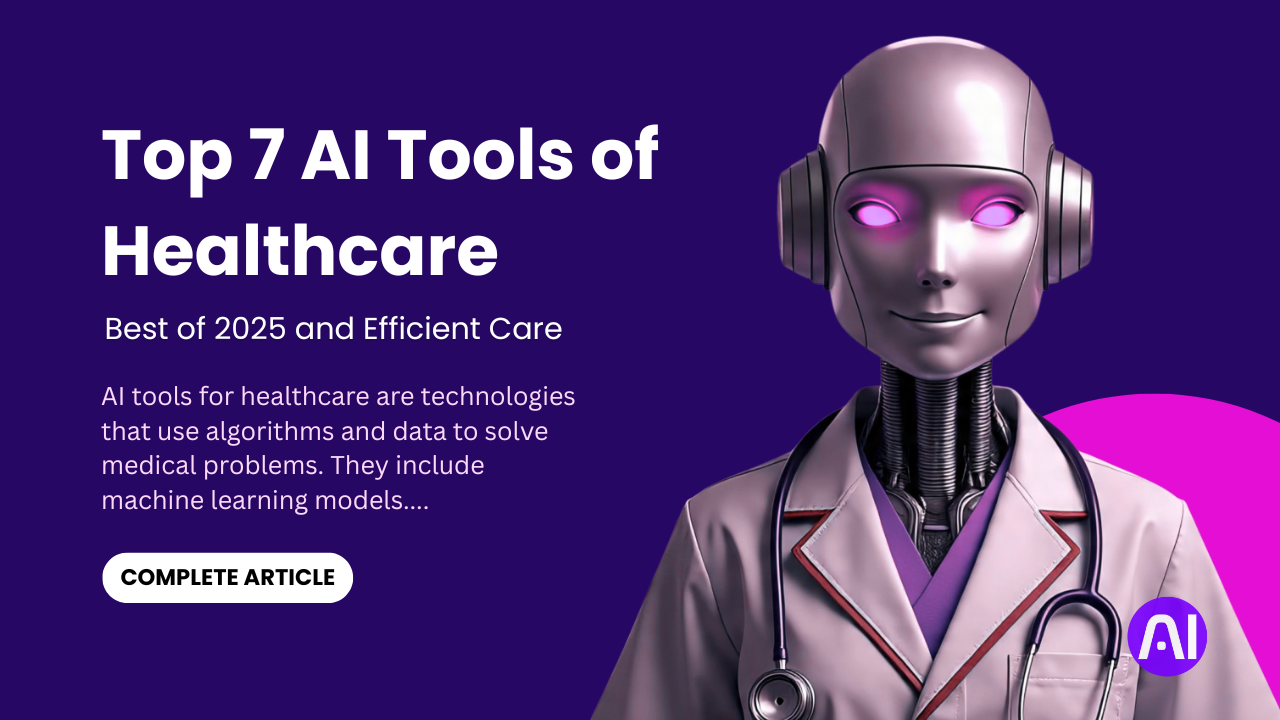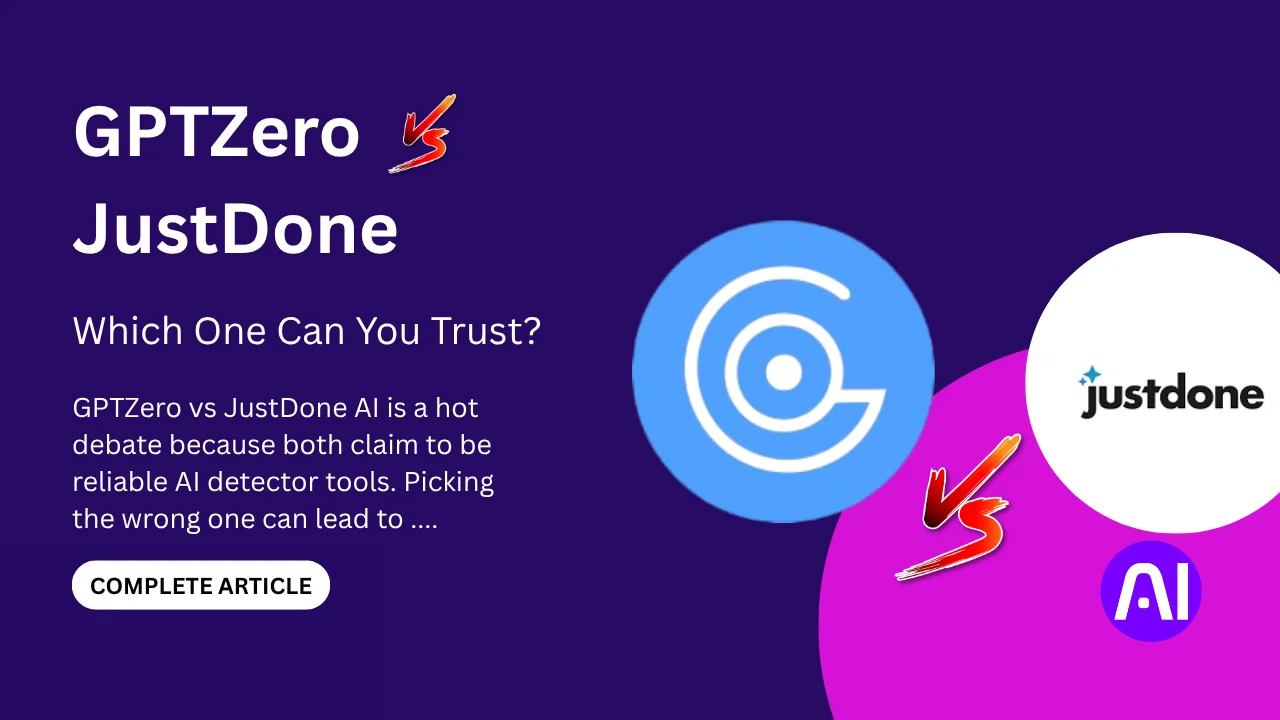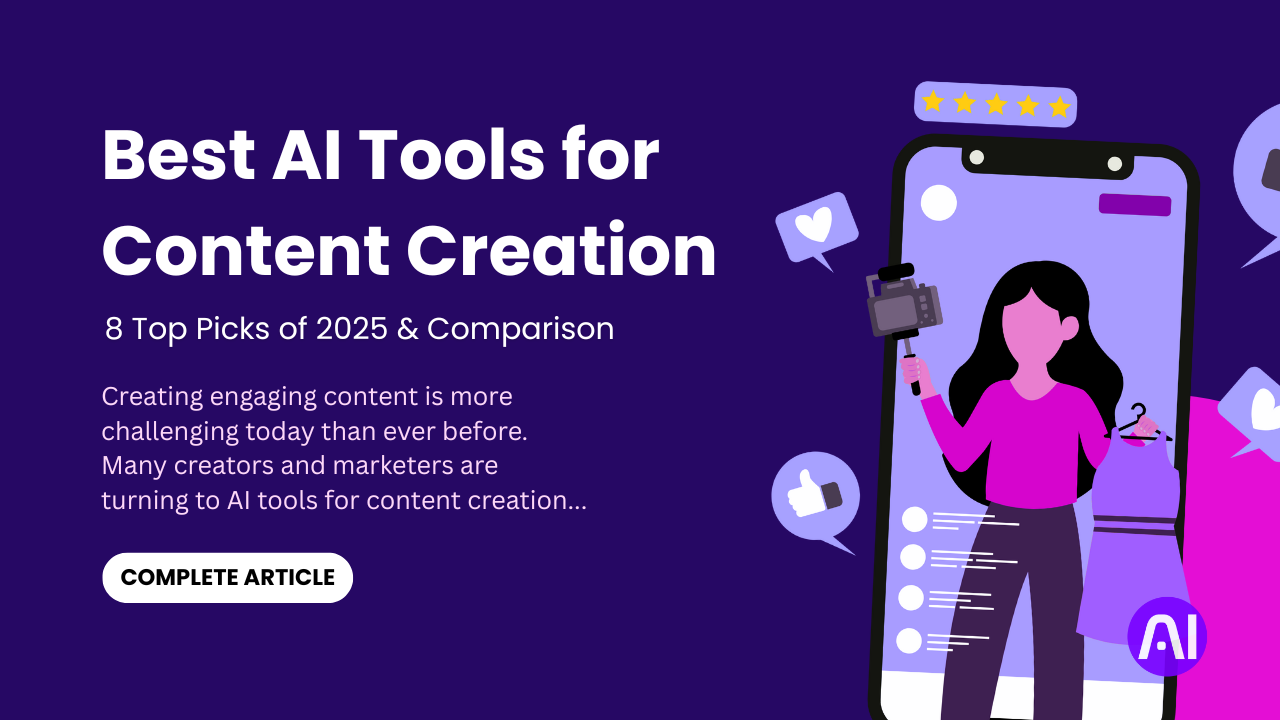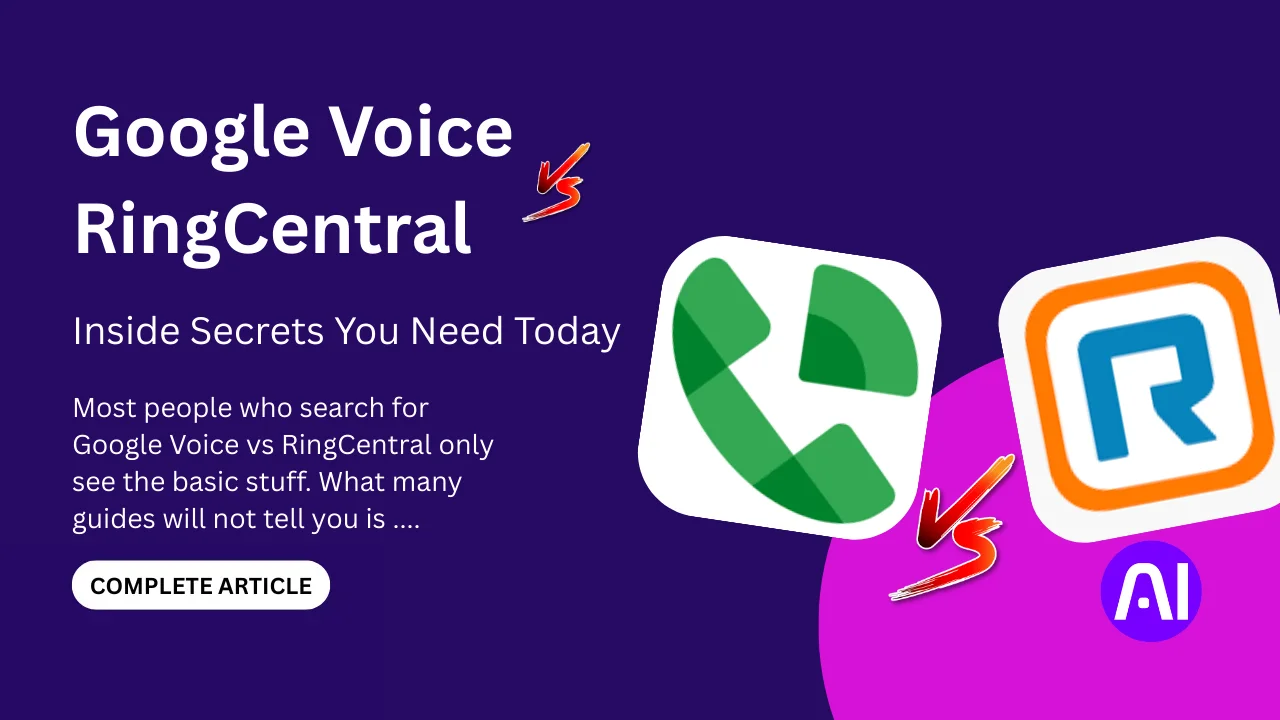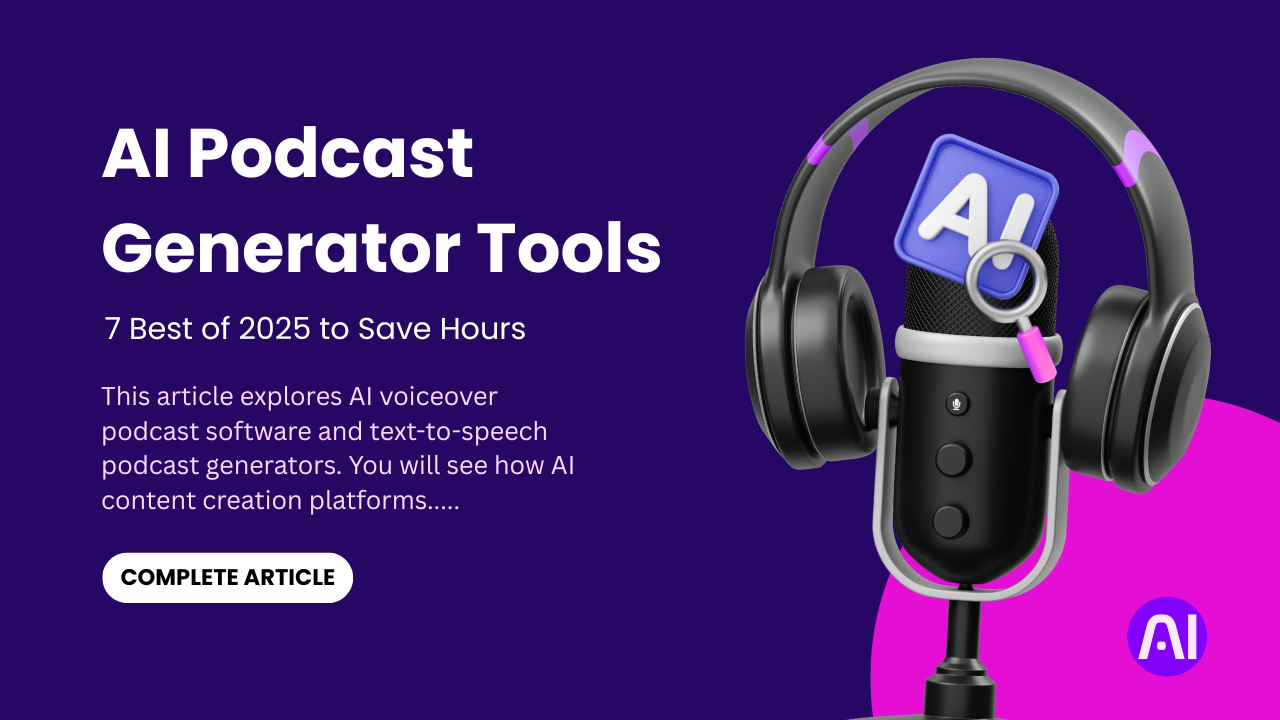The way we solve problems at work is changing fast. Root cause analysis training is no longer just a tool for engineers or managers, it’s a must for anyone who wants to fix issues smarter and faster. Now, with the help of AI, this training is even more powerful.
This article will show you how problem-solving AI training boosts your ability to find real answers, not just guesses. With tools like Root Cause Analysis with Generative AI, teams can now dig deeper, think clearer, and act quicker. These methods don’t just look at the surface. They help you find what’s really going wrong.
Whether you’re new to RCA or a seasoned expert, RCA methodology training powered by AI for analysis training makes problem-solving easier. You’ll see how root cause analysis using machine learning helps you avoid repeat mistakes. This guide will explain how this training works, why it matters, and how it can improve your team’s thinking skills.
In the sections below, you’ll explore real examples, expert tips, and proven ways AI is changing RCA forever. Let’s dive into how this smart training improves results without adding more stress.
Why Traditional RCA Falls Short
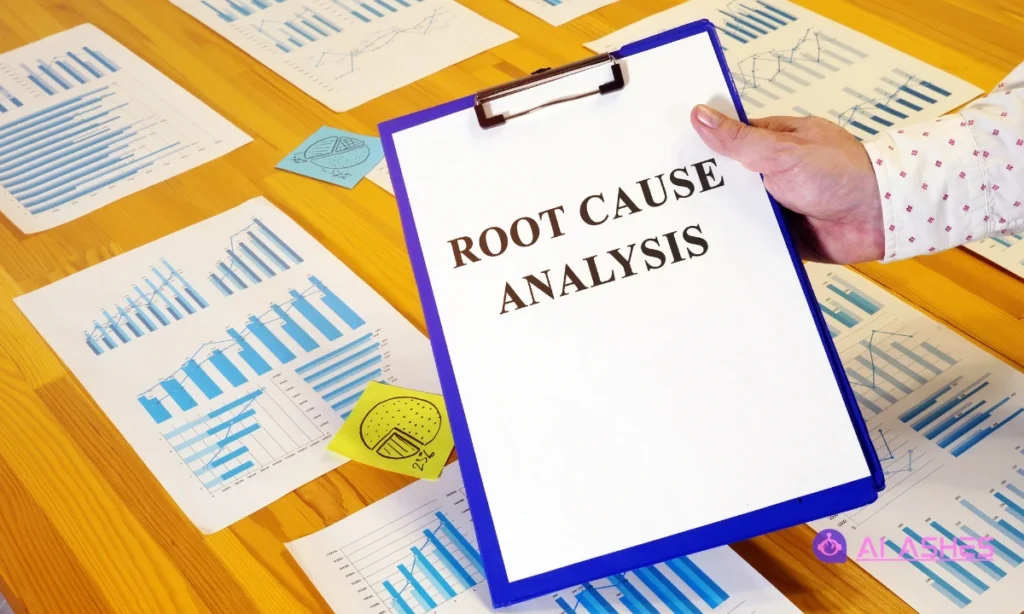
Traditional root cause analysis has been around for years. It usually involves flowcharts, sticky notes, and long meetings. People try to find the reason behind a problem by asking “why” over and over. This works sometimes. But often, it does not go deep enough.
Manual RCA depends a lot on guesswork. It also relies on people remembering events correctly. If someone forgets a small detail, the whole result may be wrong. Worse, different teams might have different views of the same problem. That causes confusion.
Real-world problems don’t wait. Systems fail. Projects stall. Teams lose time. Some common pain points in manual RCA include:
- Frequent breakdowns that keep happening again and again
- No data tracking to predict future failures
- Wasted time spent on trial and error
- Lack of insight into complex or hidden issues
Without predictive tools, organizations stay stuck in the same loop. They fix the result, not the real reason. This leads to repeat problems, more costs, and more pressure on staff.
That’s where AI-powered RCA techniques come in. These tools look at large amounts of data in seconds. They find patterns that humans miss. They help teams know what will go wrong before it does.
Root cause analysis training with AI opens the door to intelligent problem-solving frameworks. These methods are faster, smarter, and more accurate. They do not replace people. They guide them.
By using AI, teams move from guessing to knowing. The result is better decisions, less stress, and stronger performance. In the next section, we will explore how this smart training really works.
How AI Amplifies Root Cause Analysis
AI is changing how we solve problems. It does more than just speed things up. It helps us understand the “why” behind issues before they grow. In root cause analysis training, AI tools act like smart helpers. They find answers faster, deeper, and with more accuracy.
Machine Learning Models: Enabling Predictive Diagnosis
Root cause analysis using machine learning helps detect problems early. These models study patterns in data. Over time, they learn what normal looks like and what doesn’t. So, when something goes off-track, they raise a flag.
For example, if a machine slows down often before breaking, the model will catch that. It can tell your team before the failure happens. That means less downtime and fewer costly mistakes.
With ML, RCA shifts from reaction to prediction. It becomes a forward-thinking process. Teams move faster, fix smarter, and prevent issues instead of just responding to them.
Generative AI & LLMs: In-Context Learning, Workflow Automation
Root Cause Analysis with Generative AI is even more powerful. Tools built on Generative AI for incident analysis and causal AI can understand text, reports, and logs. They read between the lines.
These systems learn from past issues and offer real-time suggestions. They help create reports, recommend next steps, and even explain complex issues in simple language. This saves hours of manual work.
By using generative AI, teams get full support during RCA. From spotting the cause to building a solution, the AI helps every step. It connects the dots, automates the workflow, and boosts decision-making.
Together, ML and generative AI turn RCA into a smart, flexible system. And this is what modern problem-solving AI training is all about less guessing, more knowing.
Core Curriculum of RCA Training with AI
Root cause analysis training with AI is not just theory. It is action-based and skill-focused. The goal is to help people solve real problems using smart tools. This training covers everything from basic RCA steps to advanced AI models.
Here is what the course usually includes.
A. RCA Fundamentals and AI Introduction
It starts with the basics. You learn how root cause analysis works and why it matters. Then, you get a simple intro to AI. This part explains what machine learning and generative AI can do in RCA. You also learn about AI in reliability-centered maintenance and how it helps in real systems.
B. Hands-on ML Modeling
This is where the real action begins. You get to work with models like causal graphs and tools such as PyRCA. These tools help you find patterns in data. You learn how to build models that show why a problem happened and what could happen next.
The focus is on predictive RCA tools with ML integration. These tools let teams act before problems grow. You also learn to clean data, test results, and measure model accuracy. No coding skills are required. Everything is taught step-by-step.
C. Generative AI Workflows
This part shows how to use Root Cause Analysis with Generative AI. You explore prompt writing, workflow automation, and report generation. You simulate incidents and get suggestions from AI. It feels like working with a smart teammate.
Generative AI for incident analysis teaches you how to ask the right questions and get helpful answers. You learn to use language models in a simple way. It helps you speed up work and avoid mistakes.
D. Case Studies from Real Industries
The final part uses real-life examples. You study how RCA is used in factories, IT systems, and cloud setups. These AI-driven RCA training examples show how smart tools solve daily issues. You learn what works and what doesn’t.
This training is for anyone who wants to solve problems better. From engineers to managers, it shows how AI-driven RCA training improves organizational problem-solving skills. You leave with hands-on experience and real confidence.
Case Study Showcase
Real-world success proves that root cause analysis training with AI works. Leading companies are now using causal AI, machine learning, and generative tools to cut errors, improve uptime, and solve problems before they grow.
Here are some real examples that show the power of smart RCA.
Tonex: AI-Based RCA Programs
Tonex offers industry-grade RCA programs that include AI tools. Their courses teach people how to use causal models and data for smarter decisions. Tonex training helped a global tech firm reduce repeat system failures by 30 percent within six months. Their program also includes tools for incident management automation and data reporting.
capa-labs: Predictive Maintenance in Action
capa-labs uses machine learning for predictive RCA. They trained IT teams to spot early warning signs from system logs. One case showed that using predictive RCA tools with ML integration helped reduce network outages by 20 percent. Their tools work well in IT and factory systems.
causaLens: Causal AI for Production Lines
causaLens builds systems that think in cause and effect. In a major manufacturing plant, their causal AI helped trace machine faults faster. This reduced defect-related delays by 40 percent. Their models find patterns that humans miss, saving hours of inspection time.
Microsoft GPT-4 RCA: Smarter Cloud Operations
Microsoft is now using GPT-4 powered RCA to study large cloud incidents. Their tools help IT teams find the true cause using natural language prompts. In one case, the in-context GPT-4 RCA process reduced misdiagnosis in cloud failures by 25 percent. This helped their team act faster and avoid bigger issues.
Arlo Training: Centralized RCA Skills
Arlo Training Management Software is used by many to manage AI-driven RCA training. It helped companies set up faster programs and track learning progress. Firms using Arlo saw a 3x boost in RCA skills across teams.
These case studies show that cloud incident RCA and incident management automation are no longer future ideas. They are working now. With the right training, any team can use AI to find root causes, fix them, and grow stronger.
Step-by-Step: How to Launch an AI-Driven RCA Program
Starting an AI-powered root cause analysis training program may sound hard. But with the right steps, any team can do it. This section gives you a simple checklist to help you build and grow your own RCA program using AI.
1. Assess Data Collection and RCA Maturity
First, check where you stand. Do you collect enough data from your systems, machines, or services? Is your team using any RCA tools now? Look at how your team handles problems. This helps you see what is missing.
Without clean data, even the best AI tools will not work well. Make sure your logs, reports, and sensor data are being saved and organized.
2. Choose Tools for ML and Generative AI
Next, pick the right tools. You can use platforms like PyRCA for machine learning or GPT-based tools for RCA automation with GPT models. Make sure these tools can work with your data.
For AI in AIOps, pick systems that support cloud logs, event streams, or IT tickets. GPT models help in making fast reports. ML tools help find patterns and prevent issues.
3. Design Training Modules
Your team needs to learn the tools. Build short, focused lessons with hands-on labs. Use simple case studies to teach the core steps. Let users try prompt writing and simulate incidents.
This is the core of problem-solving AI training. Make sure the training is real, not just theory. Keep things simple and show results in action.
4. Pilot, Measure, and Scale
Start with one team. Track how well they solve issues. Use KPIs like:
- Average issue resolution time
- Recurrence rate of key problems
- Accuracy of root cause detection
If it works, expand to more teams. Adjust training as needed. Share success stories across your company.
By following this checklist, you bring AI into your RCA process with ease. It builds confidence, boosts speed, and helps your team think ahead.
Measuring Impact and ROI
To prove the value of root cause analysis training with AI, you need to track results. Just rolling out a program is not enough. You must measure how well it works and what it brings back to the business.
Key Metrics to Track
Teams that use AI training effectiveness metrics focus on a few key numbers. These include:
- Mean time to resolution (MTTR): How fast is a problem solved after it starts
- Recurrence rate: How often the same issue comes back
- Cost saved: How much money is saved from faster fixes and fewer errors
If these numbers improve, the program is working.
When teams finish root cause analysis training with AI, the change is easy to see. Smart tracking of results shows real wins. Here’s a simple look at the difference AI tools make when added to RCA programs.
Impact of AI-Driven RCA Training
| Metric | Before AI Training | After AI Training | Result |
| Mean Time to Resolution (MTTR) | 2.5 days | 6 hours | 75% faster resolution |
| Problem Recurrence Rate | 4 times/month | 1 time/month | 3x fewer repeats |
| RCA Accuracy | 60% | 92% | Higher precision |
| Cost per Incident | $950 | $280 | 70% cost reduction |
| Team Confidence (Survey Score) | 5.2/10 | 8.7/10 | Greater team trust |
As the table shows, problem-solving AI training does more than just teach. It changes how teams act and think. Better accuracy, speed, and confidence all lead to strong ROI. And that makes AI-driven RCA a smart move for any business.
Use ROI Frameworks That Work
Experts from ITPro Today suggest simple ROI models. One way is to compare the cost of the training with the value it adds. You can track fewer outages, faster workflows, and less waste. This shows tracking AI ROI in training is real, not guesswork.
Another way is to ask how long it takes to recover the cost of tools and training. If AI tools save hours each week, the return adds up fast.
Arlo Training Management Software also offers tools to monitor progress and score team skills before and after the program.
Voices from the Field
Team leads have shared strong feedback from AI-based RCA programs:
“After the AI modules, we saw a 35 percent drop in repeat problems,” said Ali Khan, IT lead at a cloud firm.
“The biggest win was time. We went from three days to fix an issue to just a few hours,” shared Rina Patel, plant supervisor at a parts factory.
These stories show real progress. And that matters.
When you invest in problem-solving AI training, you must show results. From better decisions to faster fixes, smart metrics prove the value. AI is not just a tool. It is a growth engine when you measure it right.
Overcoming Challenges
Starting an AI-powered root cause analysis training program is exciting. But it does come with some common roadblocks. These include lack of data flow, resistance to change, and missing skills. Let’s break these down and explore how to overcome them.
Break Down Data Silos
Many teams work in separate tools or systems. This creates data silos. When data is locked away, AI tools cannot learn or help. You need to bring your data together in one place.
Form cross-functional teams that include IT, operations, and quality experts. Share systems and build clean data pipelines. This opens the door for structured problem-solving methodologies powered by AI.
Manage Change with Clear Communication
People do not always like change. Some may worry that AI tools will replace them. Others may not trust new systems. This slows down adoption.
You can fix this with strong leadership support. Team leaders should explain how AI helps, not replaces. Show real wins and support teams during the change. Share simple guides and success stories.
Fill Skill Gaps with Continuous Learning
Some workers may lack the skills to use AI tools. This can slow progress or cause mistakes.
Build a continuous learning plan. Offer short lessons, hands-on labs, and peer support. Track learning growth using tools like Arlo or Prezent. Help teams learn at their own pace.
Use Trusted Tools and Frameworks
Blending AI with classic tools works well. Add these to your AI RCA toolbox:
- 5 Whys: Ask “why” five times to dig deep into the problem
- Ishikawa (Fishbone Diagram): Map out causes in clear paths
- 8D Method: A team-based way to solve problems and prevent them
These frameworks work well with causal diagrams and AI-powered RCA. They guide teams and help AI tools learn faster.
By facing these challenges early, your RCA program will grow stronger. When people, data, and tools work together, real change happens.
Advanced Topics for Pros
Once your team is comfortable with root cause analysis training, it is time to go deeper. These advanced topics help experts solve harder problems, explain their findings better, and scale solutions across big systems.
Causal Discovery Algorithms
One powerful method is multi-modal causal analysis. Tools like Mulan, an advanced framework from arXiv, can handle images, text, and sensor data together. It finds patterns by linking causes across different data types.
This is useful in places like factories or hospitals where many systems run at once. Instead of guessing, these models show exactly what causes what. They give you real insight into complex problems.
By using causal discovery algorithms, teams can move beyond “what happened” to “why it happened” in a much clearer way.
Explainable AI for Clear Results
Many AI models work well, but they are hard to understand. This is where explainable AI in RCA helps. It shows how a machine learning model makes its decisions.
With explainable AI, your team can trust the system. You can also show results to managers or clients in a simple, visual way. Tools like SHAP or LIME break down each input’s role in the result.
This matters most when AI is used in safety-critical fields like health, cloud systems, or finance. Being able to explain a root cause builds trust and drives action.
Scaling RCA with GenAI Workflows
Once your methods work well, you will want to scale them. Generative AI workflows make that easier. You can use AI to write reports, summarize logs, or suggest next steps.
By building prompts and templates, teams can automate more of their daily RCA tasks. GPT-style tools help explain past issues, predict new ones, and link insights from different teams.
With the right setup, RCA becomes a self-improving loop. The system gets smarter over time and spreads its power across the whole company.
These advanced tools help pros stay sharp, solve faster, and lead smarter. With clear models, real insight, and smart workflows, the future of RCA is not just digital. It is intelligent.
Conclusion
In summary, AI-enhanced root cause analysis training brings faster, smarter, and more predictive problem-solving. Teams can now spot issues early and prevent them before they grow. This method helps everyone from new learners to seasoned experts, gain real confidence and clear insights.
If you’re ready to take action, now is the time to enroll in a structured root cause analysis training program. You can also download our AI-driven RCA toolkit. This toolkit equips your team with tools for problem-solving AI training, workflow templates, and best practices in Root Cause Analysis with Generative AI.
Start your journey with RCA methodology training that blends classic methods with AI for analysis training. Learn how root cause analysis using machine learning and how AI driven RCA training improves organizational problem-solving skills. You’ll see the impact in real time.
Don’t just read, act. Share this article with your colleagues. Leave your comments below about what you’d like to learn next. And stay tuned for our next learning opportunity on AI-driven RCA and related topics.
Stay updated on AI trends! For expert tips and the latest breakthroughs, follow AI Ashes Blog. Dive deeper into machine learning, data science, and AI research.
Check out our recent piece on how AI metadata supercharges model accuracy, a great next read to help you build smarter systems.
FAQs
1. What is AI-driven root cause analysis training?
It’s training that uses smart tools to find the real cause of issues. It mixes classic methods with AI for faster, clearer, and smarter results. This also teaches how AI helps teams fix issues better.
2. How does machine learning help RCA?
Machine learning finds patterns in big data. It can predict issues before they happen. This is called root cause analysis using machine learning, and it saves time and cost.
3. What is Generative AI in RCA?
Tools like GPT help read logs, explain causes, and write reports. This is Root Cause Analysis with Generative AI. It automates tasks and speeds up decision-making.
4. Do I need coding skills?
Not always. Platforms like PyRCA offer friendly tools for metric-based RCA without deep coding. They let novices build models and view causal graphs.
5. What are causal discovery algorithms?
These algorithms, such as Mulan or COCA, find relationships in data like logs or code. They help explain why something failed in complex systems.
6. Why is explainable AI important in RCA?
It shows how AI gets to its conclusion. Tools like SHAP or LIME help users trust AI output. This is key for teams to adopt AI in problem-solving.
7. Can AI RCA work in cloud operations?
Yes. Using LLMs and causal tools, teams can trace root causes in cloud incidents. Elastic’s AI tools also help analyze GitHub issues and logs quickly.
8. What metrics show RCA success?
Look at MTTR, recurrence rate, and cost saved. Training ROI is clear when these improve. AI tools help track and prove results.
9. How does AI training improve team skills?
Teams learn to use tools and follow RCA methodology training. This boosts their problem-solving and makes processes repeatable and scalable.
10. How do I start AI-driven RCA training?
Begin with data checks and tool selection. Use basic AI modules. Start small and measure results. Then expand to cloud, manufacturing, or IT operations.


